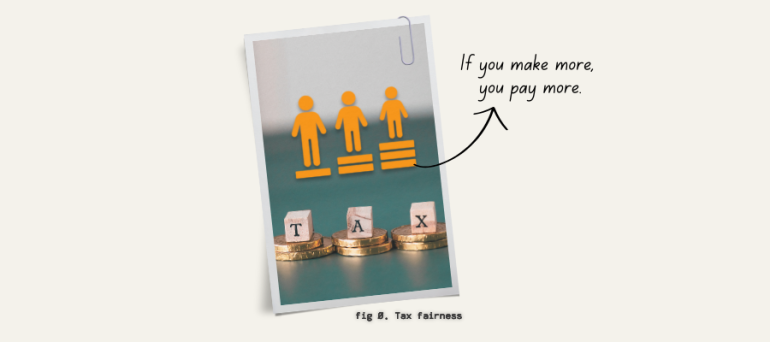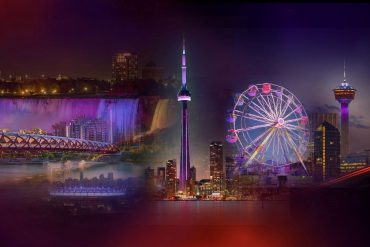Vancouver — Changes to BC’s personal tax system since 2017 have improved tax fairness, benefiting low- and middle-income earners the most while the richest 1% are paying more. However, the wealthiest are still not contributing their fair share, according to a new report by the Canadian Centre for Policy Alternatives-BC Office.
The report, authored by Senior Economist Alex Hemingway and based on Statistics Canada data, highlights both the positive impact of these changes on addressing inequality and the continued need for further reforms.
Key findings:
- Tax fairness improved: Since the BC NDP formed government in 2017, the effective provincial tax rate for the bottom 99% of households fell from 12% to 10.3%, while the richest 1% saw their rate rise from 10% to 11.1%.
- Elimination of MSP premiums: A major factor in this shift was the elimination of the regressive Medical Services Plan (MSP) premiums in 2020, which cost individuals up to $900 and families up to $1,800 annually.
- New top income tax brackets: Introduction of new tax brackets—16.8% on income over $181,232 and 20.5% on income over $253,752—contributed to the increased tax rate for the wealthiest 1%.
In contrast, tax changes from 2000-2016 under the BC Liberal government overwhelmingly favoured the richest 1%, who saw their effective tax rate drop sharply. This period also saw significant hikes to MSP premiums and cuts to public services, disproportionately affecting middle- and modest-income households.
“The tax changes enacted since 2017 have made BC’s tax system fairer,” said Alex Hemingway. “Low- and middle-income households are paying a smaller share of their income in taxes, while the richest 1% are finally contributing more.”
The reduction in revenue from eliminating MSP premiums, one of the largest personal tax cuts in BC’s history, was offset by the introduction of an Employer Health Tax, a one-point increase to the corporate tax rate, new top income tax brackets, and taxes on vacant and high-end real estate. This allowed improvements in tax fairness to be combined with reinvestment in public services, unlike the cuts seen in the early 2000s.
Despite these improvements, the report notes that extreme economic inequality remains a problem. The richest 1% in Canada control 25% of the wealth, and the 87 wealthiest families hold more wealth than the bottom 12 million Canadians combined. In BC, while the richest 1% saw their total tax rate rise after 2017, it still remains much lower today than it was in 2000.
BC is still investing a smaller share of our economic pie in the public good than we did a quarter-century ago. The report notes that, as a share of the province’s total economic output, provincial government revenue has fallen from 21.4% of GDP in 1999/00 to a projected 18.9% in 2023/24 and operating spending fell from 21.5% of GDP to 20.4%.
BC faces a range of urgent challenges such as unaffordable housing, a strained health care system, toxic drug deaths and climate crisis, Hemingway notes. To improve tax fairness and invest in the common good, the report recommends higher taxes focused specifically on large corporations, wealthy landowners and those with the highest incomes.
“While there’s been progress on tax fairness in BC, we need further action to ensure the wealthiest individuals and large corporations pay their fair share,” Hemingway added. “This is essential to tackle extreme inequality and to raise revenue for badly-needed investments in public services and infrastructure.”
Image Source: https://www.policynote.ca/bc-tax-fairness/






